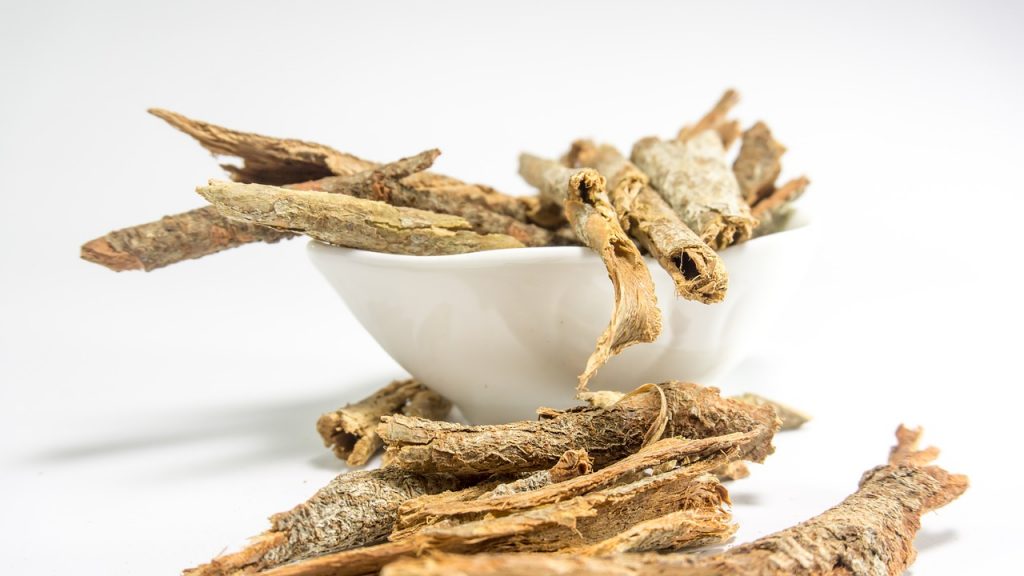There are dozens of trendy diets out there, but if you really want to lead a healthier life, why not try a diet that’s stood the test of time? The Ayurvedic diet is a form of traditional Indian medicine that translates to “the science of life” and compared to haphazard diet fads, Ayurveda offers a range of nutritional benefits. And best of all, you can grow many of the diet’s staples in your own backyard.
If you’re interested in developing a more holistic approach to wellness, these three steps will prepare you to practice an Ayurvedic diet at home. From your garden to your kitchen, let your doshas be your guide.
Plant Some Herbs
You don’t need a big garden to grow some staples of an Ayurvedic diet; you can grow many beneficial herbs on your windowsill year round. Before you plant your seeds, though, remember that different herbs complement different doshas – the different forces that make up the body. People typically have a dominant dosha: either vata, pitta, or kapha, and it’s important to determine which is your primary type.
Those who are vata dominant, the force associated with air and space, can benefit from growing and consuming lemon balm, ginger, and chamomile. Pitta, fire and water types, thrive on cooling mint and lemongrass and energizing rose, and water and earth dominant kapha types are aided by detoxifying sage and stimulating holy basil and thyme.
Think Local
If you ever attend an Ayurveda retreat or visit a committed practitioner, you’ll notice that almost all of them have gardens. That’s because eating locally is important in the Ayurvedic diet. Growing your own produce or getting it locally means you’re more likely to eat nutritious, organic food and a wider variety of it. At The Art of Living Retreat Center, for example, attendees are fed some meals from the onsite garden. At home, the farmer’s market can provide everything you need until you can get your own garden going.
Mind The Seasons
In addition to avoiding chemicals, Ayurveda practitioners recommend eating locally because the practice encourages you to eat along with the seasons. After all, when it’s already cold and windy – the vata season – you don’t need to eat cold, dry foods, while spring’s wet, heavy weather calls for lighter, warming foods, like the first berries and sprouts of the season. Your diet needs to complement your dosha, but it also needs to be in balance with the seasons.
Proper cooking can also make otherwise incompatible foods appropriate for the season. During the winter months, for example, almost everyone benefits from foods like roasted celery that provide balance to pitta and kapha forces. Raw celery, on the other hand, tends to increase the airy vata dosha, which is why most Ayurveda experts don’t recommend it during winter months.
Though some individuals are hesitant to undertake an Ayurvedic diet because it doesn’t mesh with their own spiritual beliefs, the simplest reason to get on board is that the diet is a healthy one. With plenty of fresh produce and herbs and an emphasis on variety, practitioners get plenty of digestion-supporting fiber, a wide variety of vitamins and minerals, and explore the full wealth of what the land has to offer. Ayurveda hasn’t remained in circulation for thousands of years just because it’s culturally significant, but rather because it’s a nourishing way to live that supports the whole person.
